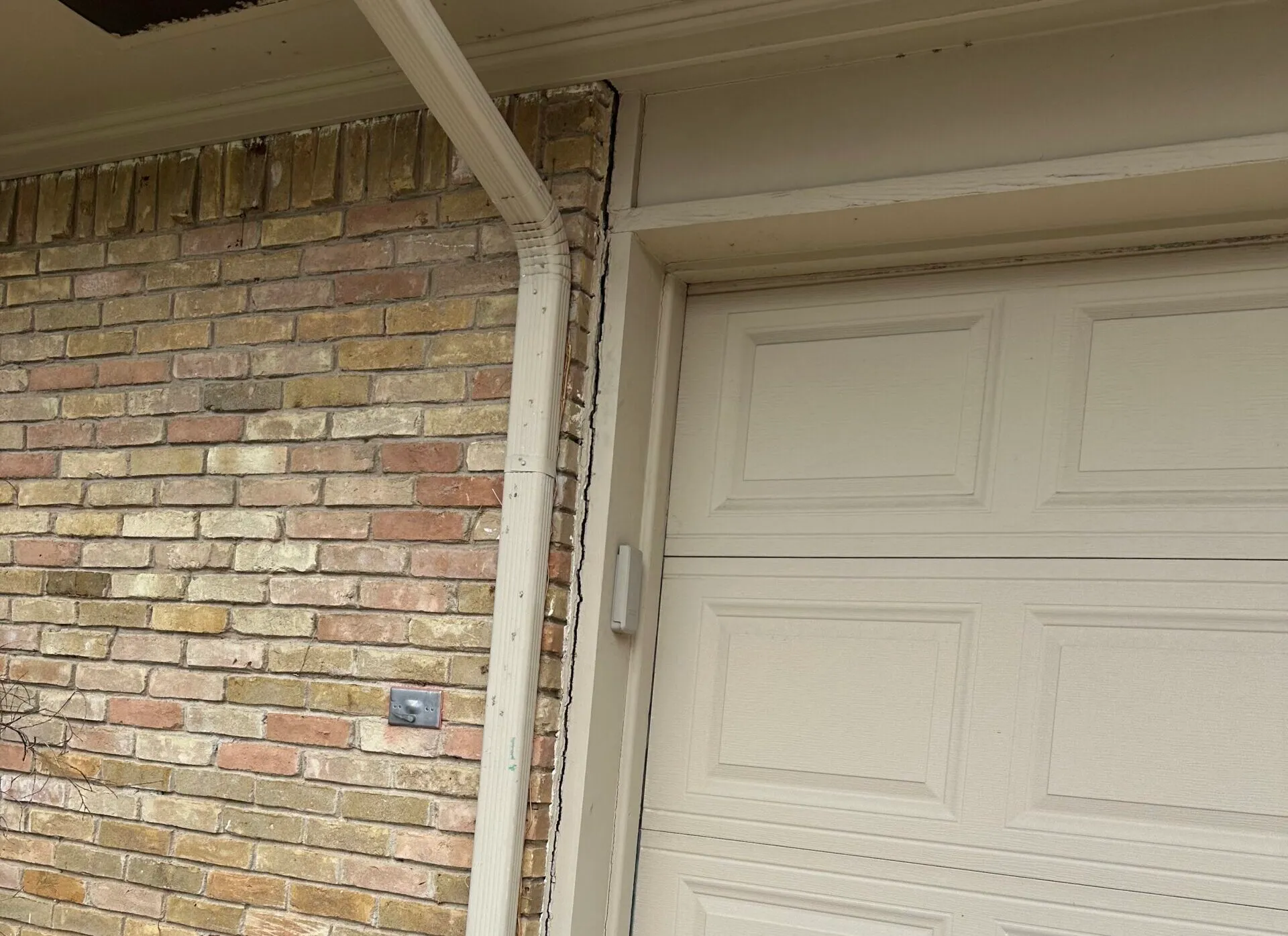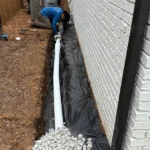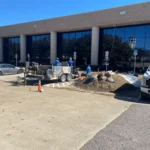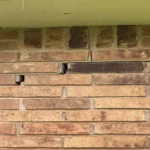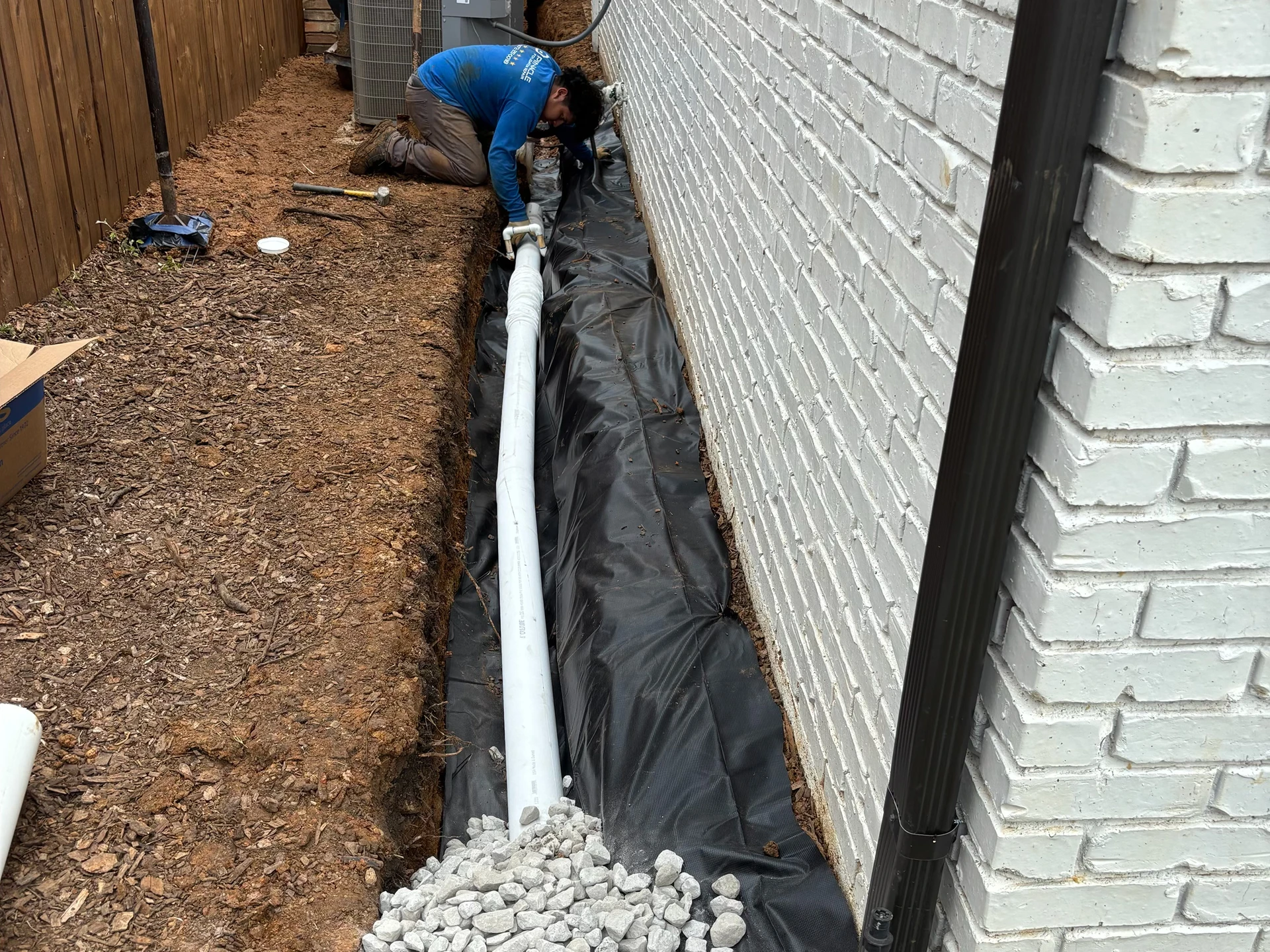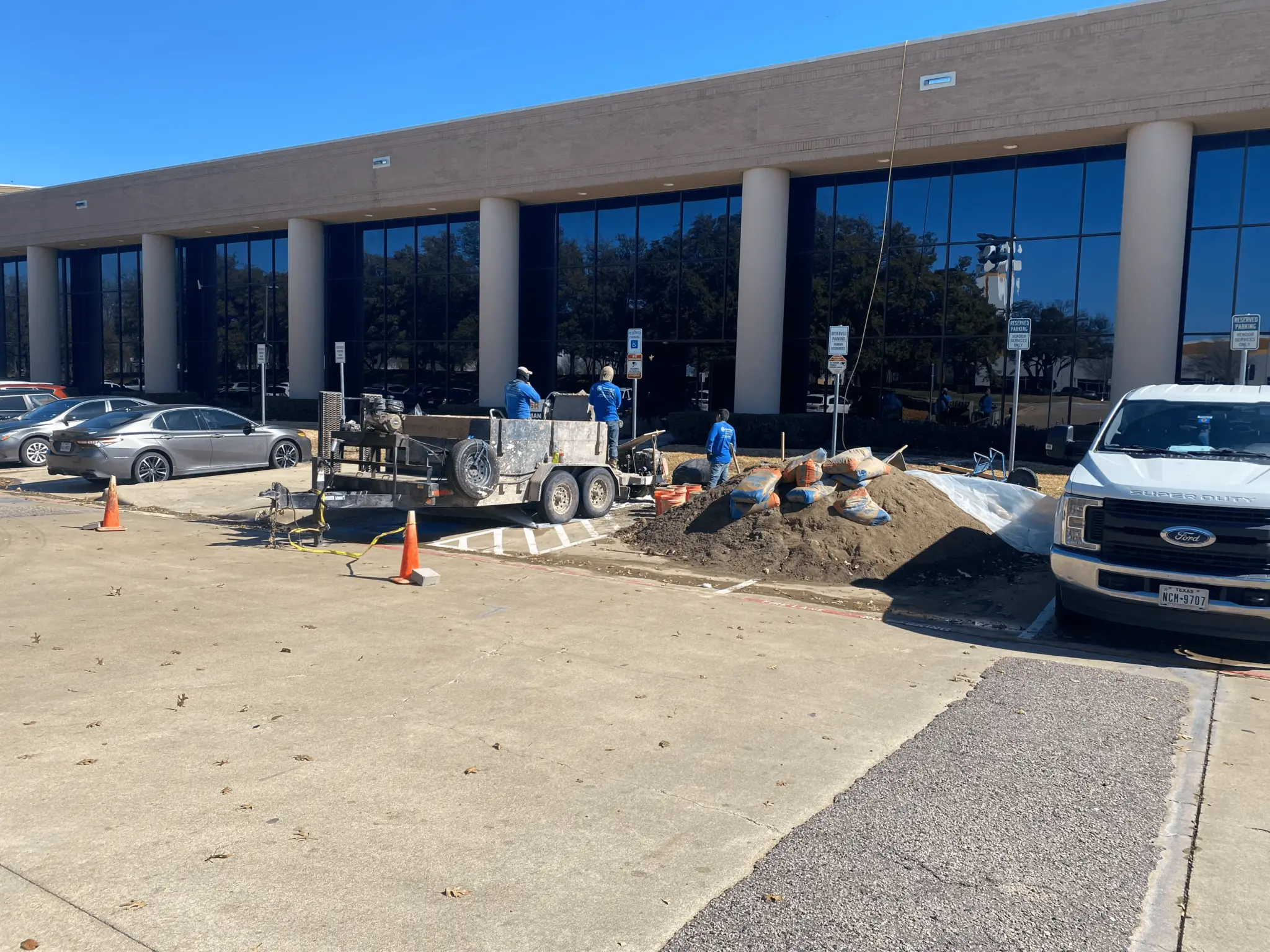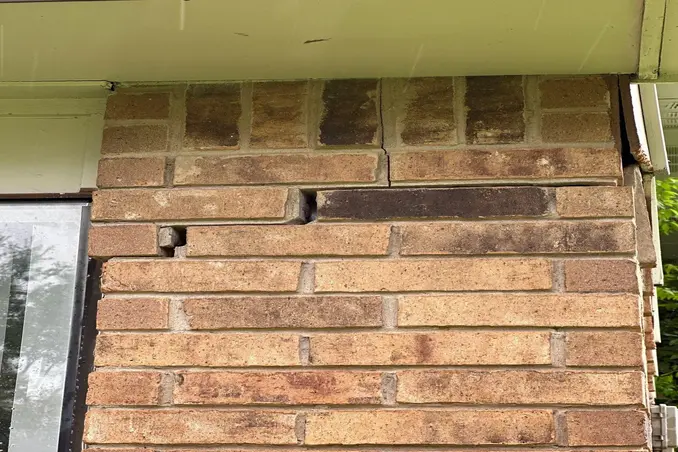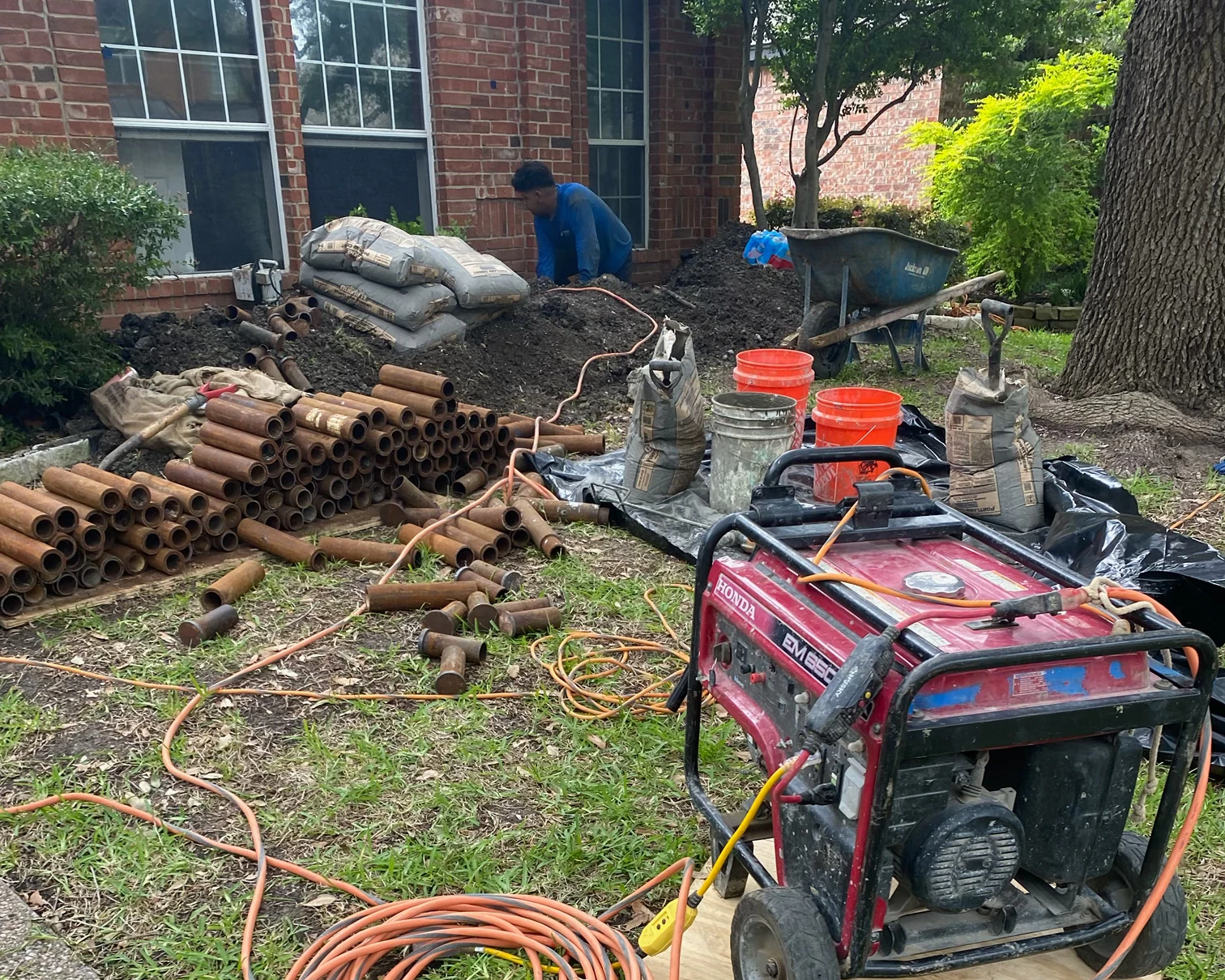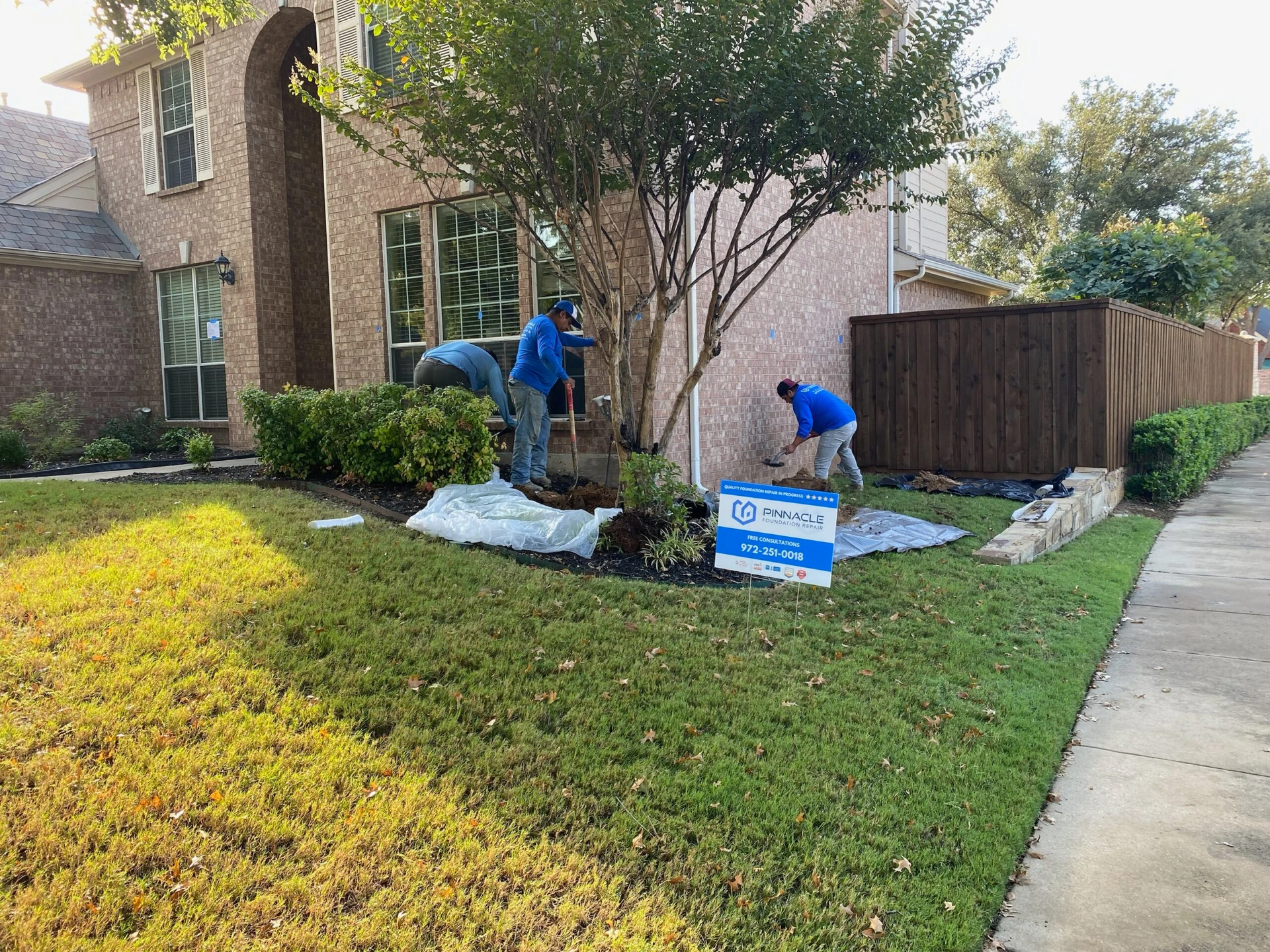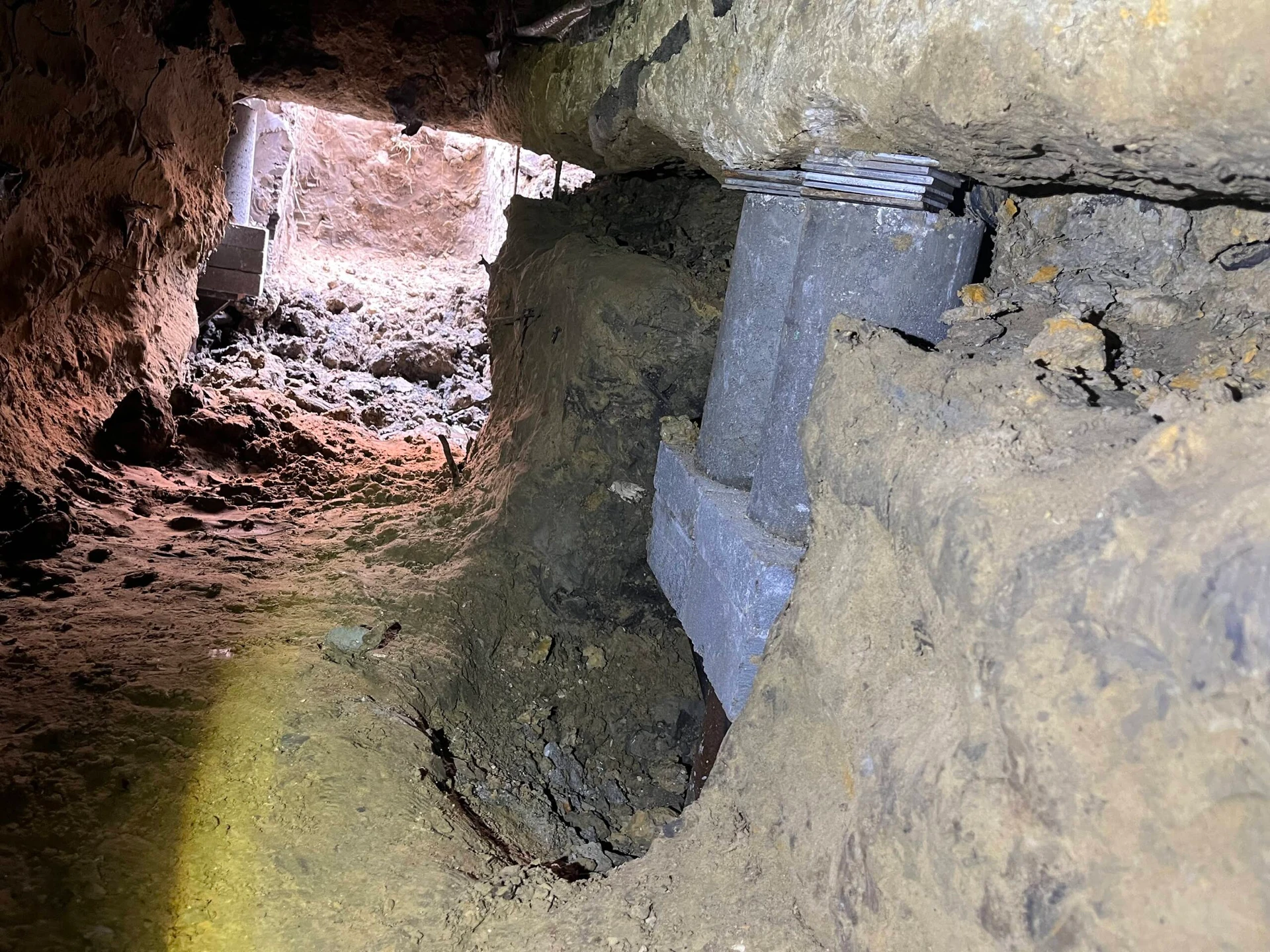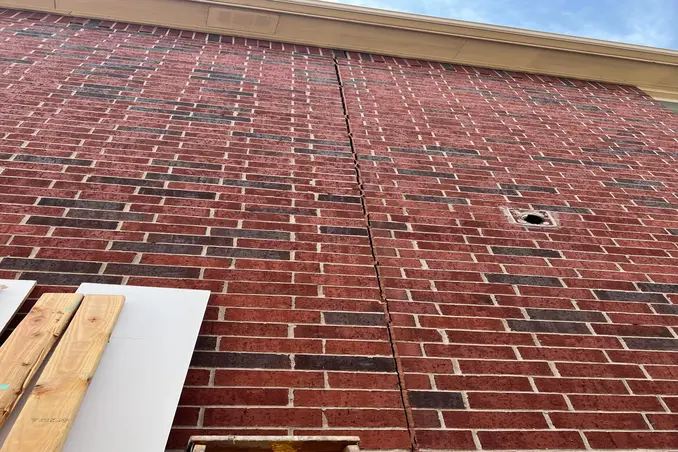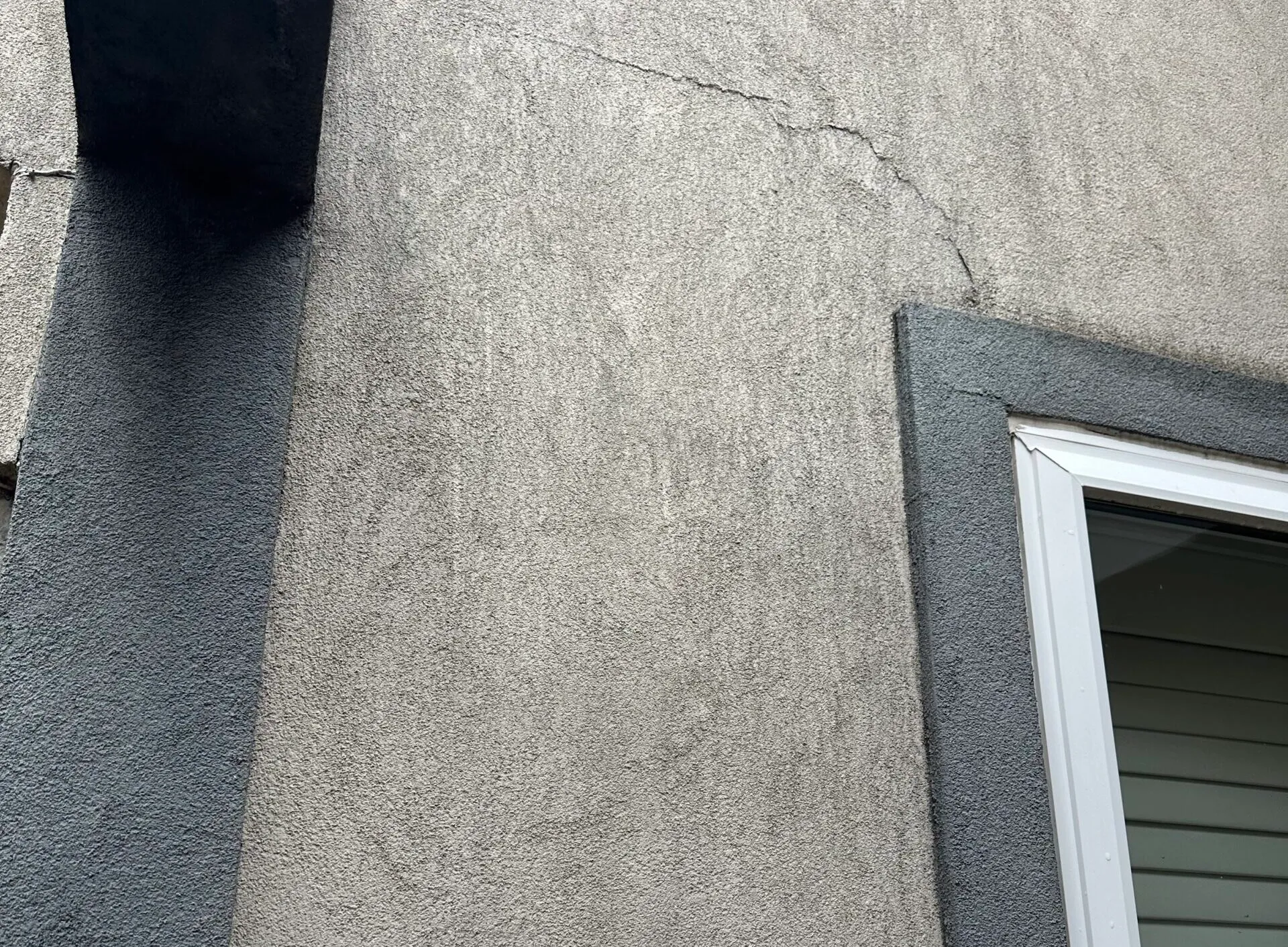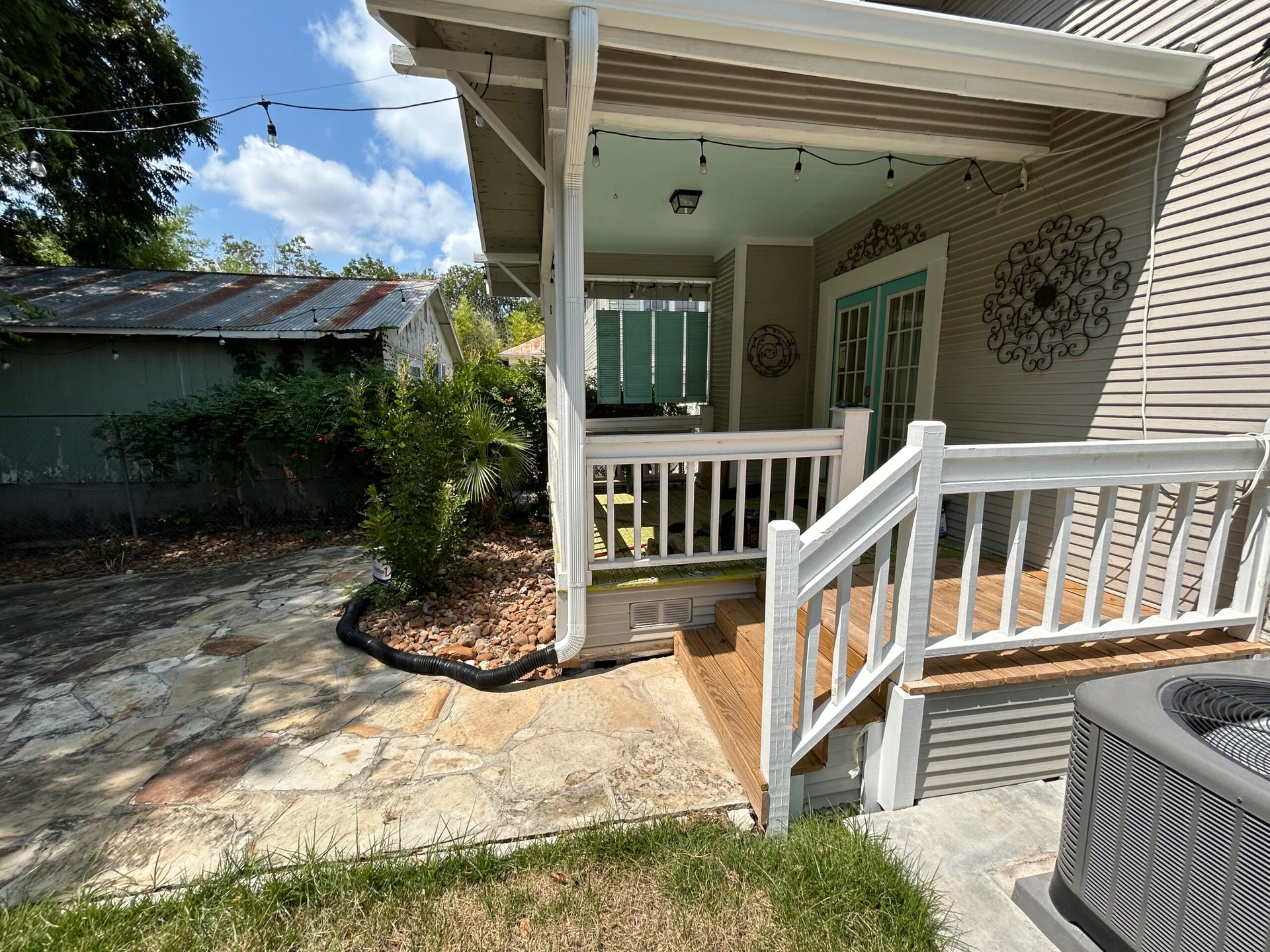Identifying if your home has foundation issues depends on whether you have a pier and beam or slab foundation. Pier and beam, which is popular in Texas because it’s extremely stable in dry soil, consists of reinforced concrete buried deep underground, followed by ‘piers’ (concrete or brick posts), overlaid with floor joists and support beams. There are many benefits to having pier and beam foundations, from having a crawl space to enjoying an aesthetically taller looking home. By contrast, slab foundations are built on flat lots and installed directly on the ground.
Both foundation types have common issues that may appear and need to be fixed. Read on to learn what they are and how you can tell if you have a problem.
The Most Common Foundation Issues
Slab Perimeter Settling
Foundations often settle around their perimeter edges known as ‘dropped edge beams’ or ‘edge drop.’ These edges act as retaining walls for the rest of the slab. They usually sit on blocks where builders have had to cut and fill against the land’s natural slope. Over time, the foundation around the edges may settle or sink into the soil if it isn’t compacted correctly. During periods of excessive rain, the earth can loosen, while during extreme drought, the soil can shrink and become unstable.
You can tell that your house has settled if the floors have become uneven and appear slanted, or if you spot gaps between your window frames and walls, as these may shift when the foundation is unstable. If you spot these, call a contractor immediately before the problem becomes more severe.
Crawl Space Wood Rot Under Pier and Beam Homes
If there’s excess moisture in your crawl space, your wooden beams and joists may have wood rot. Causes include moisture seeping through the concrete walls, crawl space floor or vents, due to drainage problems or flooding. These problems can also lead to mold and fungus growth. Beams suffering from wood rot weaken and sag, leading to structural damage.
If you have wood rot in your crawl space, contractors repair the damage by identifying the reason for the rot (flooding, or drainage) and repairing the affected area. If a joist is rotten, they can reinforce it with an identical piece of wood or – in case of minimal rot – with steel. When replacing a beam, contractors typically lift the floor above or use block and base repair, where concrete stacked below the beam provides support.
Shifting Piers Under Pier and Beam Homes
When foundations shift due to soil contraction and expansion, it can also move the piers that support the beams. This can cause the beams themselves to move and lead to unstable or uneven flooring. The foundations could be fine, but if your piers are old and collapsing, this can also lead to shifting beams. Adjusting or reinforcing the piers can fix the piers’ problems, while issues with the concrete footer? require professional repair.
Upheaval Under Slab Foundations
If there’s upheaval under a concrete foundation, part or all of the slab may lift and become uneven, causing cracks and leading to uneven flooring. This is often due to settling edge drop, causing other parts of the concrete to lift, or by excess moisture in the soil, causing swelling and putting pressure on the slab, so it raises and cracks. When parts of the concrete slab lift, it’s known as ‘foundation heaving’, and can cause severe structural damage.
You can spot foundation upheaval in a similar way to settling foundations, as the floor may appear tilted, you may struggle to close doors and windows as they ‘stick’, or you may see cracks appear in the walls or floor. A contractor can repair foundation heaving by leveling and reinforcing the slab to restore your home to its original position.
“Full Tilt” on Slab Foundations
Foundation full tilt is when the entire concrete foundation slab tilts. If the ground is exposed to frost or excess moisture, it may shift and expand, causing the entire concrete slab to move. In cases like these, your walls may crack or bend due to pressure differences. To prevent these problems, your contractor may stabilize the wall by leveling out the pressure and then repairing the original problem. In cases of full-tilt foundation problems, there may also be upheaval or cracks in different slab areas that need repair.
Common Causes of Foundation Issues
Shifting Soils
Texas is home to highly expansive clay soils subject to extreme changes in moisture content. In Texas, the ground is exposed to excessive heat and substantial flooding over a few short months or even weeks. This means that the soil is continually shrinking and expanding depending on its moisture content. If your home is built on a cut and fill lot – where the plot needs to be leveled before constructing the foundation – the earth may be poorly compacted, leading to loose and unstable soil. Over time, this can worsen as the soil’s water content is constantly changing, shifting the soil and reducing its stability. Unstable soil causes foundations on cut and fill lots to settle, causing cracking, uneven foundations and tilted flooring.
Expanding and contracting earth can also shift piers in pier and beam homes. The South and West Sides of Dallas Fort Worth experience extraordinarily high and arid temperatures during the hotter months, leading to consistently shrinking and unstable soils.
Maturing Trees
When your home was built, you may have had no neighboring trees, but over time, saplings may have taken root near your foundation. Maturing tree roots growing near your home may remove moisture from the soil, causing the earth to contract, and your foundation to become uneven. Excessive root growth may also cause your land to become loose and unstable. Finally, the roots themselves may find their way into existing foundation cracks, widening them over time as the root system grows.
To stop root damage, foundation repair experts first remove the offending roots from the affected area, then install root barriers to prevent roots from infringing again. When trying to save the tree or encountering extreme difficulty in removing the root system, you may need to consult an arborist. Your foundation may also need repair for subsidence – or caving in – of the affected concrete to restore your home to its correct position.
Water Damage
The three leading causes of water damage to your foundation are excessive flooding, poor drainage, or leaky plumbing. Moisture in the soil can lead to expansion, loosening soil, and cracks appearing in concrete foundations. If you have a crawl space under your home, moisture may seep in and cause wooden beams or joists to rot, leading to sagging support and uneven flooring. Both concrete cracks and sagging wooden beams can cause uneven floors or bending and cracking walls.
In a crawlspace, water damage and moisture can cause dry rot or fungi growth – requiring antibacterial or fungicide sprays before replacing or reinforcing the wood with steel or by stacking concrete under the beams.
Poor Ventilation
In properties over 60 years old, many crawl spaces have no ventilation, causing excess humidity and moisture to build up under your home. Newer properties may have incorrectly built vents so only rising damp from the floor is filtered out, while moisture that comes through the crawlspace walls still builds up and causes wood rot and potential dry rot under the home. To fix this issue, foundation repair experts often seal the crawl space by inserting a plastic liner on walls and floors. They then add a dehumidifier to the crawlspace to help regulate excess temperature and stop moisture from building up again.
Worried about your foundation?
If you suspect foundation repair problems, call the radically honest repair experts at Pinnacle Foundation Repair. Knowledge is your most powerful tool, and we can provide an accurate assessment of your situation for free. In fact, 1 in 3 inspections shows that your home needs no immediate repair.

